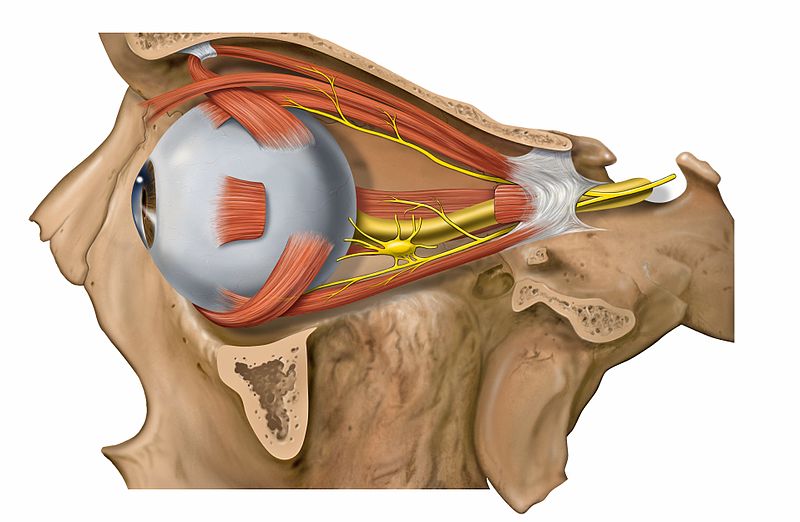If we asked you to name an acceptable use for Botox treatments, you would most likely list one of the cosmetic reasons that people receive Botox injections. But while Botox is best known for its ability to lessen the appearance of wrinkles, it also has several medical uses. In fact, there are over 20 different medical conditions that can be treated or controlled with Botox – and a couple of these conditions affect the eye. These treatments have been proven so effective that we even offer them to patients who need them here at Everett And Hurite!
Not convinced that the power of Botox can help individuals dealing with vision problems? Keep reading to learn how Botox can help people who are suffering from specific vision issues.
How does Botox help address eye conditions?
Botox is used to treat several eye conditions that are caused by muscle or nerve problems. Botox injections can provide relief from the symptoms of certain conditions because the main ingredient in Botox - Botulinum toxin – blocks nerve activity. So when it’s injected into a patient’s muscles, the treated areas experience a temporary reduction in activity. As a result, patients see a reduced level of active symptoms.
 An injection of Botox can grant relief to patients who are suffering from symptoms such as uncontrolled blinking, twitching and spasming of the eyelids. And though it only happens on rare occasions, Botox is also a possible treatment for eye muscle disorders.
An injection of Botox can grant relief to patients who are suffering from symptoms such as uncontrolled blinking, twitching and spasming of the eyelids. And though it only happens on rare occasions, Botox is also a possible treatment for eye muscle disorders.
What are examples of eye conditions that can be treated by Botox?
Botox has been approved by the FDA as treatment for two eye conditions: blepharospasm and hemifacial spasm.
The first eye condition that Botox is used to treat is blepharospasm, an issue that’s categorized as a subset type of Meige Syndrome. Patients with this condition experience involuntary closing and blinking of their eyelids. The condition is caused by spasms in the eyelid muscles, which in turn are due to heightened nerve activity. The cause of this condition is unknown. Fortunately, since this condition presents as a localized issue, Botox injections can effectively (and temporarily) reduce muscle activity in a patient’s eyelid muscle, thereby reducing the symptoms associated with blepharospasm.
In cases of hemifacial spasm, on the other hand, a patient’s entire half of the face will twitch uncontrollably. Depending on the severity of this symptom, sometimes it becomes difficult for people to continue working or driving due to the condition. When dealing with this issue, Botox can provide relief and reduce the symptoms, thereby helping people get back to living a normal life.
Am I a candidate for a medical Botox injection?
Maybe! If you’re currently dealing with one of these eye conditions, we invite you to discuss treatment options with our doctors here at Everett And Hurite. We’ll help to guide you through all of your treatment options, and will ensure that you make a decision that will help to improve your vision issues and which will provide much needed relief. To schedule an appointment, just give us a call at (412) 288-0858!
